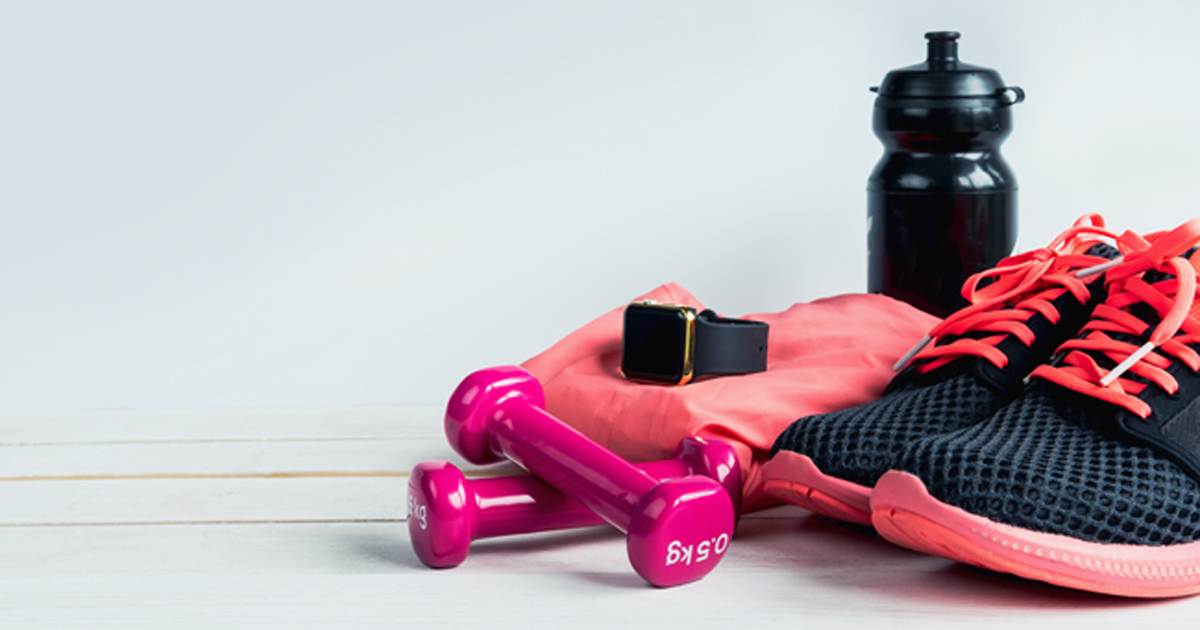Resistance exercise provides durable improvements in adolescent skeletal parameters
Bone mineral content and density improved following a resistance training program included with school-based physical education for middle school girls, and these results largely held in subsequent years, according to findings presented at the American Society of Bone and Mineral Research annual meeting.
“Three years after cessation of an adolescent school-based exercise intervention, participants retained skeletal advantages of 2% to 5% over controls at multiple sites, including the total body, lumbar spine, femoral neck and arms,” Tamara A. Scerpella, MD, professor and senior vice chair of orthopedic surgery at the University of Wisconsin-Madison, told Endocrine Today. “I expected to see preservation of benefits acquired during the intervention based on our prior work with youth gymnasts in whom we have shown retention after activity cessation.”
From 2011 to 2013, 68 adolescent girls (mean age, 11.6 years) from the same school district took part in either standard physical education, a low-effort resistance training program or a high-effort resistance training program. The training programs consisted of two or three weekly sessions that lasted between 8 and 12 minutes and were conducted for 2 years. Scerpella and colleagues evaluated densitometry at the subhead, arms, legs, femoral neck and lumbar spine at baseline and at 6, 18 and 54 months after the study began.
Among the 21 girls who participated in the high-effort program, the researchers observed an 8.2% gain in lumbar spine bone mineral content (BMC), a 5.7% gain in lumbar spine bone mineral density, a 7.1% gain in femoral neck BMC and a 6.1% gain in femoral neck BMD after 2 years compared with those who participated in standard physical education (P < .05 for all).

In the 3 years after the programs ended, subhead BMC (P = .009), arm BMC (P = .01), leg BMC (P = .01), femoral neck BMD (P = .005), femoral neck BMC (P = .003), lumbar spine BMD (P = .002) and lumbar spine BMC (P = .005) gains were greater for participants in the high-effort program compared with those assigned to standard physical education. Additionally, in the 3 years after the programs ended, those who participated in the high-resistance training program had a 4.9% skeletal advantage in femoral neck BMC (P = .002), 4.6% in arm bone mass (P = .02), 4.5% in femoral neck BMD (P = .003), 4.2% in leg bone mass (P = .009), 3.9% in subhead BMC (P = .02), 3.2% in lumbar spine BMD (P = .002) and 1.9% lumbar spine BMC (P = .007) compared with those who participated in standard physical education.
Despite the benefits shown with the high-resistance training program, those in the low-effort group did not exhibit significantly different results than those in the standard physical education group.
“This work shows the retention of skeletal advantages that were acquired during an adolescent school-based exercise program that required only 22 minutes of participation for 24 weeks in two consecutive school years — this is much less activity in terms of quantity and in terms of impact loading compared to the gymnasts we have previously studied,” Scerpella said. “The intervention activity used here would be broadly applicable and available to middle school students. Retention of benefits should result in increased peak bone mass, which will decrease the likelihood of osteoporotic fracture later in life.” – by Phil Neuffer
Reference:
Scerpella T, et al. Abstract 1016. Presented at: American Society of Bone and Mineral Research; Sept. 20-23, 2019; Orlando.
For more information:
Tamara A. Scerpella, MD, can be reached at Scerpella@ortho.wisc.edu.
Disclosure: Scerpella reports no relevant financial disclosures.

